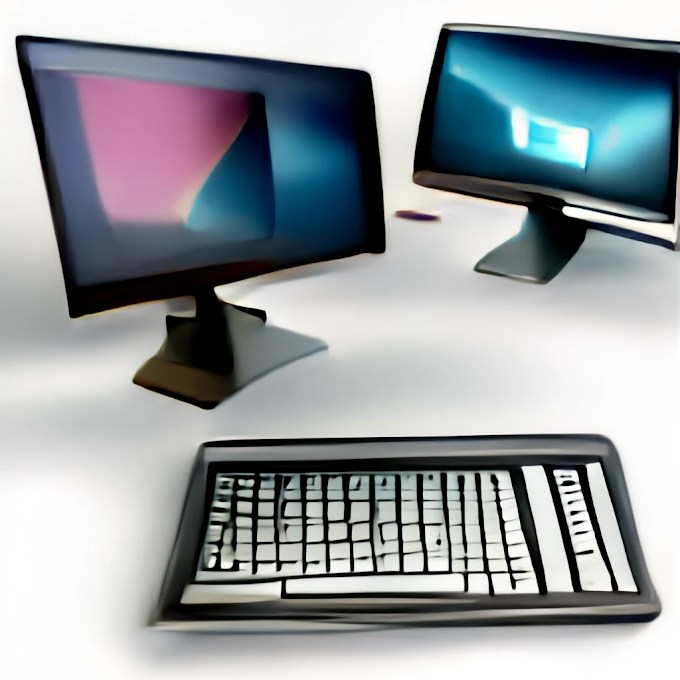There are several factors to consider when setting up a computer room:
- Location: The computer room should be located in a secure area with controlled access to prevent unauthorized access. It should also be located in a place that is easily accessible for maintenance and repair purposes.
- Size and layout: The size of the computer room should be large enough to accommodate all of the computers and other equipment, as well as allow for adequate ventilation and cooling. The layout should be organized and efficient, with enough space for technicians to work and move around easily.
 Power and networking: It is important to have a reliable power supply and to have enough outlets to accommodate all of the computers and other equipment. The computer room should also have a robust and secure network infrastructure, with fast and reliable internet connectivity.
Power and networking: It is important to have a reliable power supply and to have enough outlets to accommodate all of the computers and other equipment. The computer room should also have a robust and secure network infrastructure, with fast and reliable internet connectivity.- Environmental controls: The computer room should be kept at a stable temperature and humidity level to prevent damage to the computers and other equipment. This can be achieved through the use of air conditioning, dehumidifiers, and other equipment.
- Security: The computer room should be equipped with security measures such as locks on doors, security cameras, and guards to prevent unauthorized access. It should also have measures in place to protect against power outages and surges, as well as cyber attacks and other threats.
There are several measures that can be taken to protect a computer room and the computers within it:
- Physical security: This can include measures such as locks on doors, security cameras, and guards to prevent unauthorized access to the computer room.
- Environmental controls: It is important to maintain a stable temperature and humidity level in a computer room to prevent damage to the computers and other equipment.

- Power protection: Uninterruptible power supplies (UPS) and generators can help protect against power outages and surges that can damage computers and other equipment.
- Network security: This can include measures such as firewalls, antivirus software, and secure passwords to protect against cyber attacks and unauthorized access to the network.
- Data protection: Backing up data regularly and storing backup copies in a secure location can help protect against data loss due to hardware failure or other unforeseen events.
It is also important to have a plan in place for responding to emergencies such as fires or natural disasters, as well as a plan for managing and maintaining the computer room and its equipment on an ongoing basis.



0 Comments